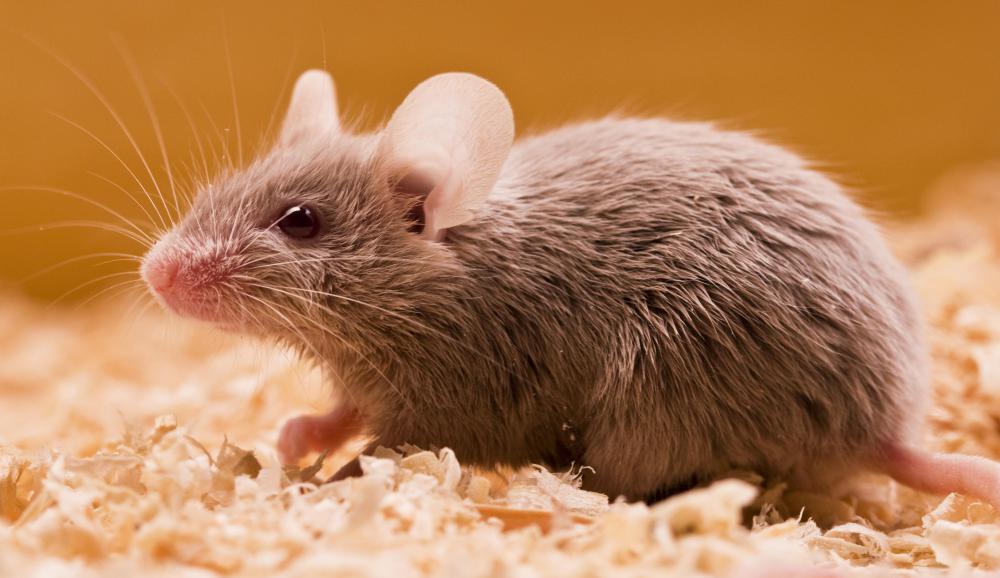At AllThingsNature, we're committed to delivering accurate, trustworthy information. Our expert-authored content is rigorously fact-checked and sourced from credible authorities. Discover how we uphold the highest standards in providing you with reliable knowledge.
What Are the Different Corn Snake Morphs?
There are more than 220 corn snake morphs, or varieties, each with different colors and patterns. The four original corn snake morphs are normal, albino or amelanistic, snow and anerythristic. There is a large variety in the appearances and colors found in corn snakes, so reptile hobbyists often call this the designer snake. It also is one of the best snakes to have as a pet.
While it is hard to count every type of corn snake morph, because they are bread often and new morphs are always being created, it all started with four morphs. The normal corn snake has the original coloring — an orange body with red spots outlined in black — and these are the ones found in the wild. The albino corn snake morph, also called amelanistic, lacks the black pigment and has an orange body with darker orange blotches and white accents. Snow corn snakes are a combination of the anerythristic and amelanistic morphs, which results in snakes that have red eyes and very light peach-colored spots on a white body. The anerythristic corn snake is lacking the red pigment, so its body is gray with darker gray blotches that sometimes turn brown and are surrounded by a black band.

The corn snake is found all over the eastern part of the United States, in the piney areas of New Jersey down through Louisiana and Florida. The corn snake region also extends west into Tennessee. When first born, the corn snake is about 9 to 14 inches (22.9 cm to 35.6 cm) but it will grow to be as long as 5 feet (1.5 m). In captivity, corn snake morphs will live for as long as 10 years.

There are a few theories as to how the corn snake got its name. Some believe it is because their scale pattern resembles maize, or Indian corn. Others believe the name was given to these snakes simply because of their preference for inhabiting cornfields, where the snake’s favorite meal — mice — also can be found.
For those looking for a pet snake, any of the corn snake morphs is a great choice. Corn snakes are very docile and don’t mind being handled. They are attractive, with a range of colors in hundreds of variations. Corn snakes also do not get too large and do not require a hard-to-maintain habitat to thrive. All corn snake morphs dine on mice, which are usually easy for a snake owner to obtain.
Frequently Asked Questions
What exactly is a corn snake morph?
A corn snake morph is a variation in the snake's color, pattern, or scale texture that results from selective breeding or natural genetic mutation. Unlike the wild-type with its reddish-orange coloration and black-bordered red or orange saddle marks, morphs can exhibit a wide range of hues and patterns, offering a diverse palette for reptile enthusiasts.
How many corn snake morphs are there?
The number of corn snake morphs is continually increasing as breeders combine different traits, but as of now, there are over 800 recognized morphs. These range from simple color variations to complex pattern alterations, reflecting the extensive genetic diversity that can be found within the species.
What are some of the most popular corn snake morphs?
Among the most sought-after corn snake morphs are the Okeetee, known for its bold black borders and vibrant colors; the Snow, with its striking white and pink scales; the Albino, which lacks dark pigmentation; the Caramel, with its warm, caramel-colored tones; and the Lavender, displaying a unique purple-gray hue.
Can different corn snake morphs interbreed, and what are the results?
Yes, different corn snake morphs can interbreed, and the offspring, known as hybrids, often exhibit a combination of traits from both parents. This can result in entirely new morphs, with breeders using Mendelian genetics to predict the likelihood of certain characteristics appearing in the progeny.
Are there any health issues associated with certain corn snake morphs?
Some corn snake morphs, particularly those involving extreme color or pattern mutations, may be more susceptible to health issues. For example, the Scaleless morph, which lacks scales, can be more prone to injuries and dehydration. It's essential to research specific morphs for any potential health concerns before making a purchase.
How does one care for a corn snake morph, and does it differ from caring for a standard corn snake?
Caring for a corn snake morph is generally the same as caring for a standard corn snake. They require a suitable enclosure, consistent temperature and humidity levels, and a diet of appropriately sized rodents. However, some morphs with unique physical traits may require additional considerations, such as increased humidity for Scaleless morphs to aid in shedding.
AS FEATURED ON:
AS FEATURED ON:












Discuss this Article
Post your comments